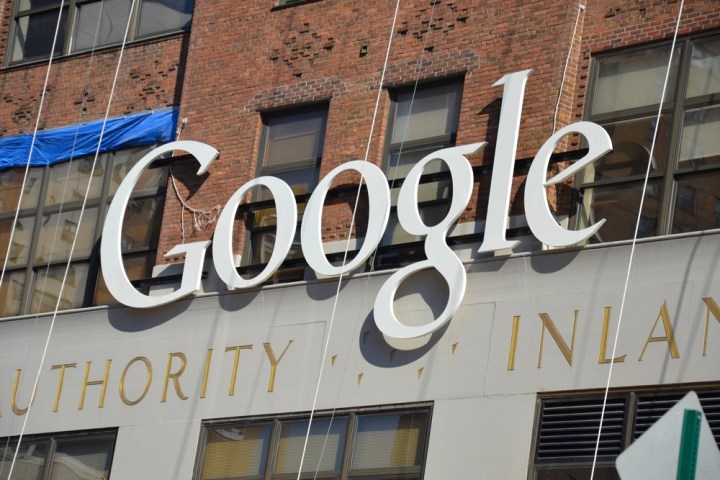
Support for push notifications from websites was introduced this past spring, bringing the browser in line with the new Web push standard. However, notifications have been present in some form since 2010, with the notification center first being introduced in 2013.
There are no plans to remove notifications entirely. The notification center was simply a place where users could access notifications that went unread, and that’s what’s being phased out. Meanwhile, the notification center for Chrome OS will remain unchanged.
Developers are being advised to make the necessary changes to any Chrome apps or extensions that make use of the notification center. Any notifications sent to the center will result in an error following the update, and API events that interact with the center will also be affected. All other notifications will not need to be amended.
Usage of smartphones to access Web content has certainly surged over the past decade, and that raises the challenge of delivering the best possible experience to users across a broad range of devices. There are interface lessons to be learned from mobile that can apply to the desktop, but Google’s U-turn demonstrates that not every feature works for every device.
Google has a history of removing features and services if there are not enough users taking advantage of them. While this move isn’t likely to instigate the backlash that the Google+ slowdown has, there’s sure to be a hardcore of users that are unhappy to see their Chrome notification center go.


